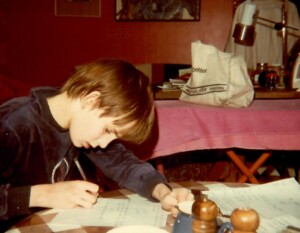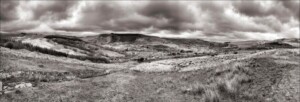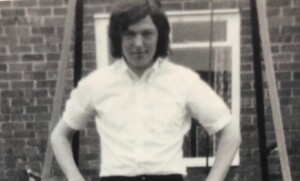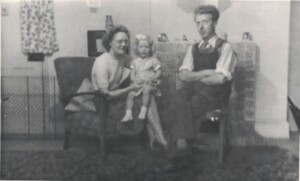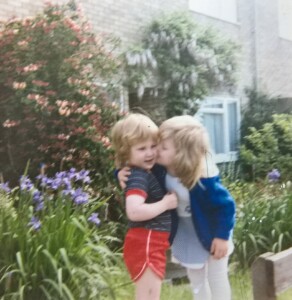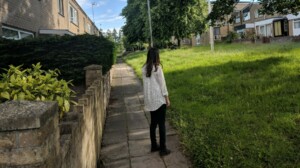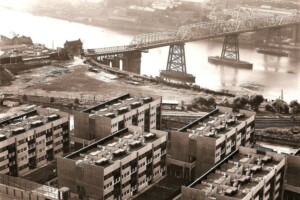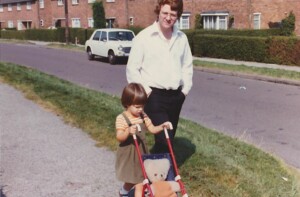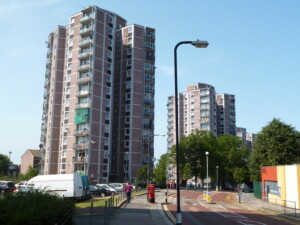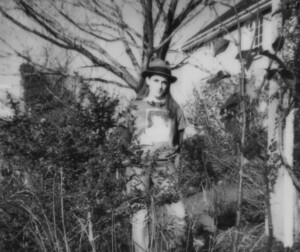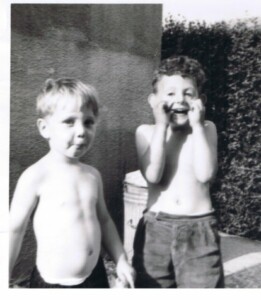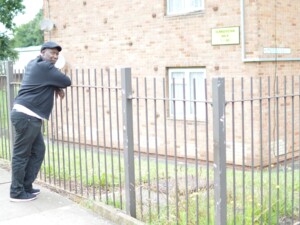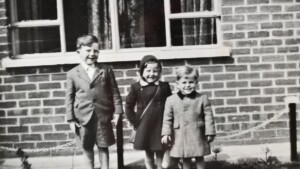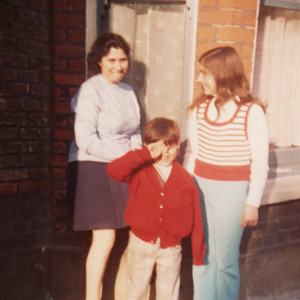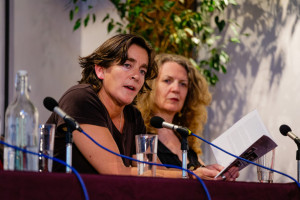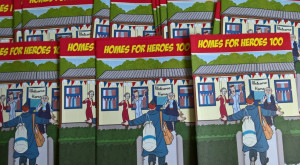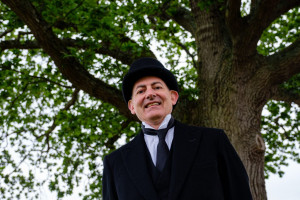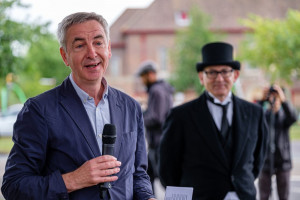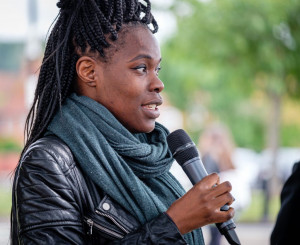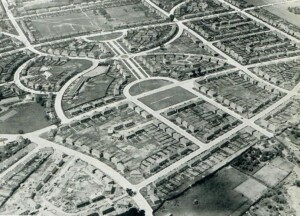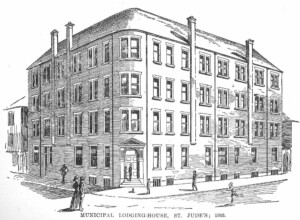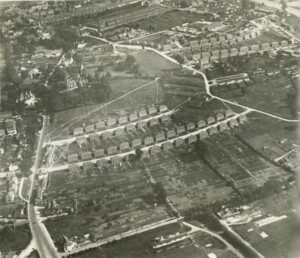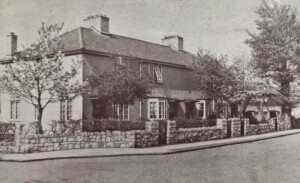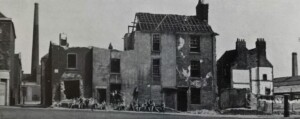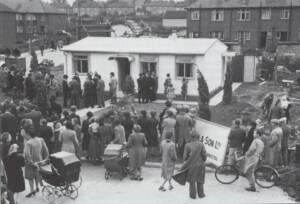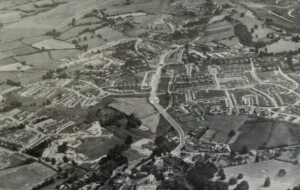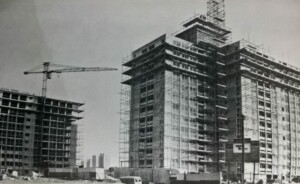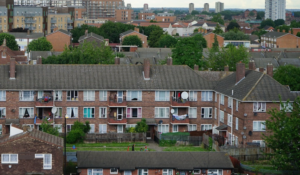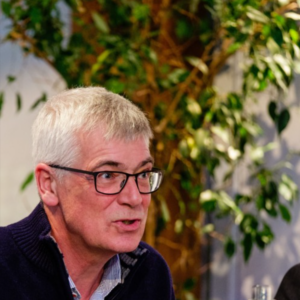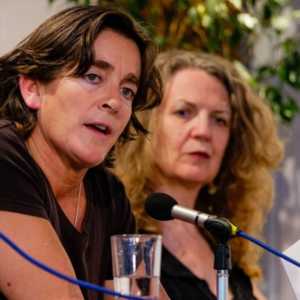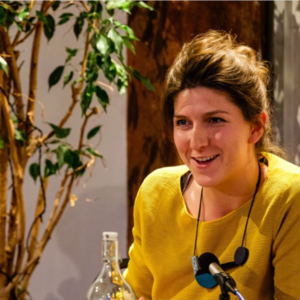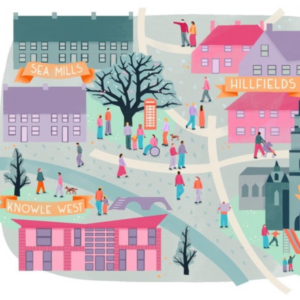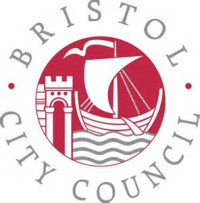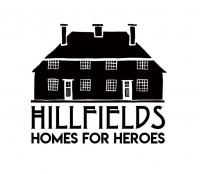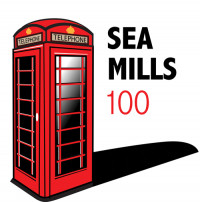Homes for Heroes 100

Share this
In 2019 Bristol Ideas coordinated a programme of projects, events, publications and other activity marking the centenary of council estates in the city.
A press release in January 2019 announced the support of the National Lottery Heritage Fund for the programme.
Key elements of Homes for Heroes 100 include:
- The planting of a commemorative tree at a new council housing site on 4 June 2019 linked to marking the anniversary of the planting of the Addison Oak in Sea Mills
- A new poem specially written by the City Poet, Vanessa Kisuule and performed at Homes for Heroes 100 events, including the tree-planting ceremony
- Community engagement activity led by Sea Mills 100, Local Learning (in Hillfields), Knowle West Media Centre and The Architecture Centre that included artists working with residents on creative projects reflecting the history of their estates
- A mini-museum set up in a refurbished telephone box at Sea Mills (opened in June 2019)
- The story of council housing in Bristol told in comic-book style (published in July 2019)
- Guided walking tours of estates, with stories from residents past and present including during Bristol Open Doors in September 2019
- A book of short personal essays in which those who have grown up on council estates in Bristol and across the UK share their experiences (published in October 2019)
- A free book of walks around the estates of Hillfields, Knowle West and Sea Mills, and looking at over 200 years of housing in St Pauls (published in October 2019)
- A day of sessions exploring the past, present and future of council housing as part of Festival of the Future City (October 2019)
The community-based projects continued into 2020 but had to be revised in light of the restrictions imposed by lockdown and social distancing during the Covid-19 pandemic. The programme is now scheduled to culminate with celebrations in June 2021.
News of events and other activity is posted on the Homes for Heroes 100 Facebook page, along with links to background material (both historic and current-day).
Follow the project on Twitter using the hashtag #HomesForHeroes100
Background to the Centenary/
The 1919 Housing and Town Planning Act (often referred to as The Addison Act or Scheme after Christopher Addison, the minister who was largely responsible for its implementation) saw the start of the post-First World War council-house building programme and the development of the first large-scale council estates. This was not just about building homes; it was about creating communities and changing the social fabric of the country.
Originally promoted as homes for the returning heroes of the war and as fresh starts for those displaced by slum clearance, in recent decades council housing – and the social housing that has partly come to replace it – has attracted an unwarranted stigma. Council house residents have been marginalised for generations and the culturally important heritage that lies within their estates is little-known. Through community-based heritage research, hands-on creative activity and showcase events, the Homes for Heroes 100 programme is celebrating the council estate and its residents, past, present and future.
The programme addresses people’s domestic lives, aspirations and the stories they can tell across 100 years; how old long-established working-class communities were lost with slum clearance while new ones were developed over time; the expectations and resonances associated with the word ‘home’; the changing image of the council house tenant and the changing powers of local authorities; the physical surroundings and architecture of the estates; the link between historic and present-day issues of planning policy, politics and economics; social history, personal stories, utopian thinking, architectural history and more.
This heritage is present in the physical fabric of the estates themselves – the houses, the public buildings, the streetscape, the signage; in archives of architectural drawings, photographs, minutes and memorandums, newspaper coverage, promotional material – some relating to buildings that are now lost or which never made it off the drawing-board; in the memories and lived experience of present-day residents – both those who have generations’ of family stories to share and those newly arrived to the city.
The programme aims to recover a history which is not widely known, instilling pride in communities that are frequently marginalised or portrayed negatively by others and helping present-day residents make previously unrecognised connections to the past, learning about their community roots. It seeks to give residents the confidence to provide a much-needed voice in the ongoing housing debate.
With the renewed council house building programme in the city, Homes for Heroes 100 is helping to raise awareness of the mistakes of the past that should not be repeated – including problems of social alienation, lack of essential facilities and limited availability – as well as the many positive outcomes that should be publicly recognised.
Overall as a result of Homes for Heroes 100, local people will have had the opportunity, support and resources to re-tell their own histories in a high-profile public programme with regional, national and international impact, and to take ownership of the strong narratives present in their neighbourhoods.
